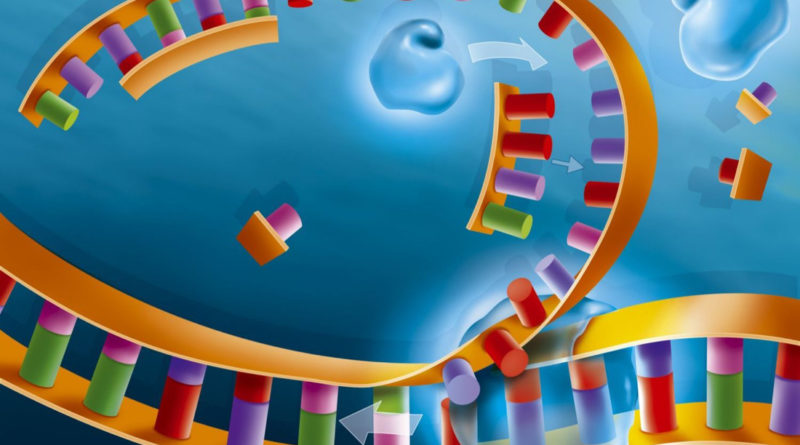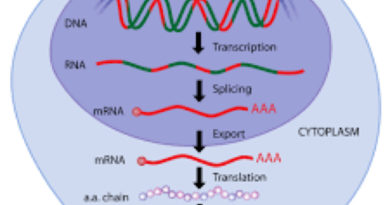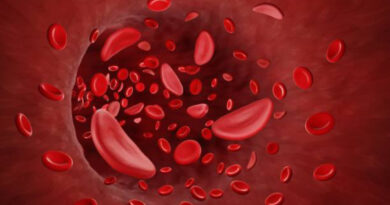DNA Replication: Introduction
As we come to know that DNA is the genetic material, all show interest in knowing how it transfer information to next generation. The answer came from studying DNA replication process. While replicating, DNA can form its copies, those can be transferred from one generation to another generation. Means new generations would have a copy of DNA as the source of genetic information.
DNA replication is an extraordinarily important and complex process upon which all life depends. There are some around 30 proteins those help / involved in the DNA replication process of E. coli chromosome. Presumably, much of the complexity is necessary for accuracy in copying DNA.
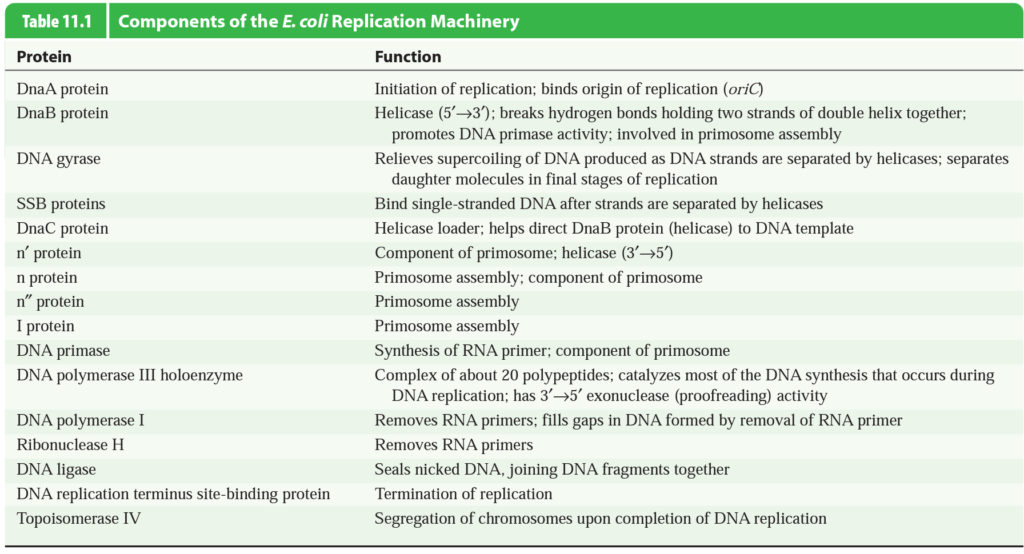
Despite its complexity and accuracy, replication is very rapid. In bacteria, replication rates approach 750 to 1,000 base pairs per second. Eucaryotic replication is slower, about 50 to 100 base pairs per second.
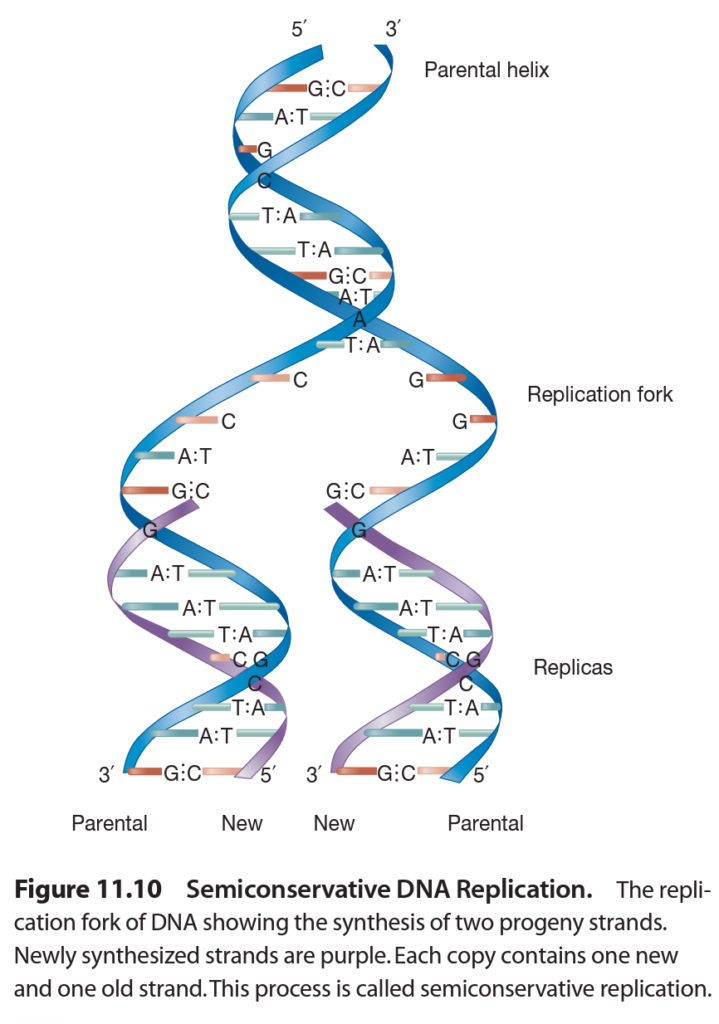
Despite of such high speed, there might be some errors while replication of DNA. Although almost all errors are corrected by the base pair check system (during replication) but some of them might exists and are known as mutation in DNA. Some of such mutations might be lethal for the organisms. E.coli makes error with a frequency of only 10^-9 or 10^-10 per base pair replicated.
How The Replication Process Began?
During DNA replication, the two strands of the double helix are separated; each then serves as a template for the synthesis of a complementary strand according to the base pair rules. So, each of the two progeny DNA molecules consists of one new strand and one old strand. So, this is called, DAN replication is semi conservative.This semiconservatice nature of DNA replication is first suggested by Watson and Crick in April 1953; subsequent research confirmed their hypothesis and elucidated the details of replication observed in procaryotes and eukaryotes.
Reference:
Prescott Microbiology
